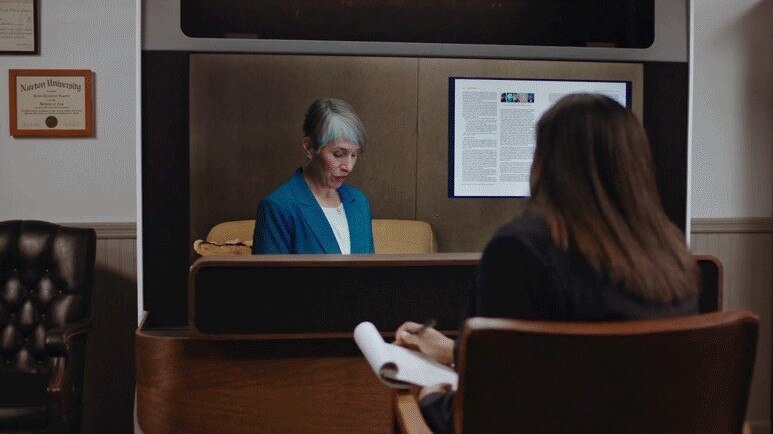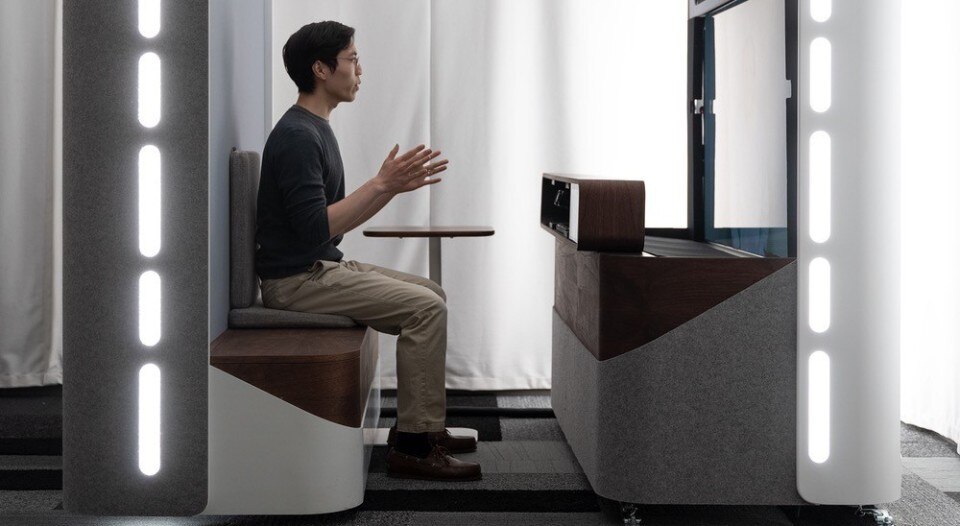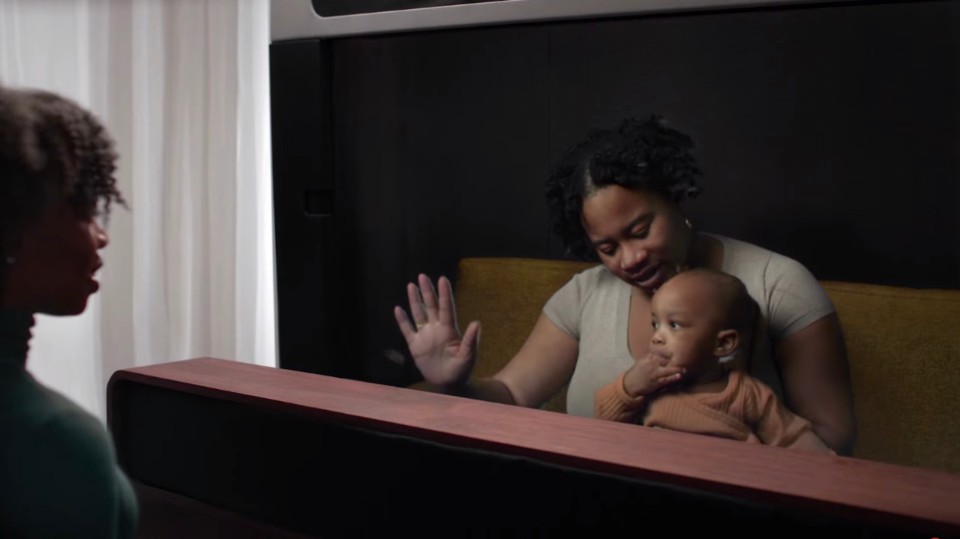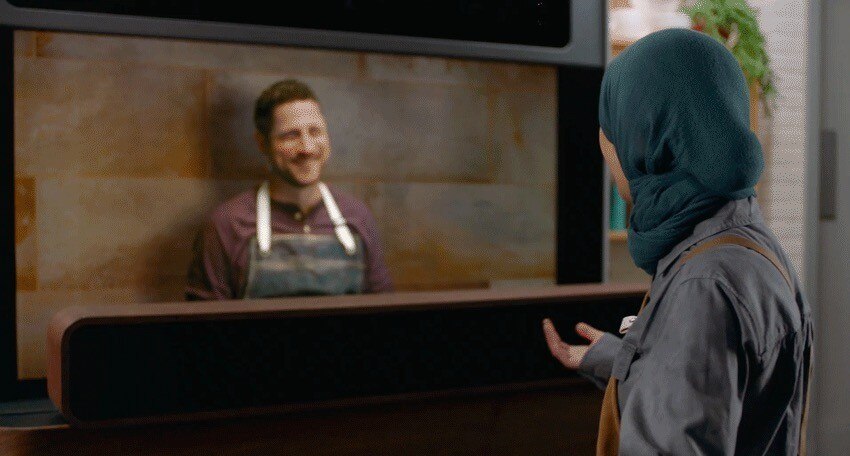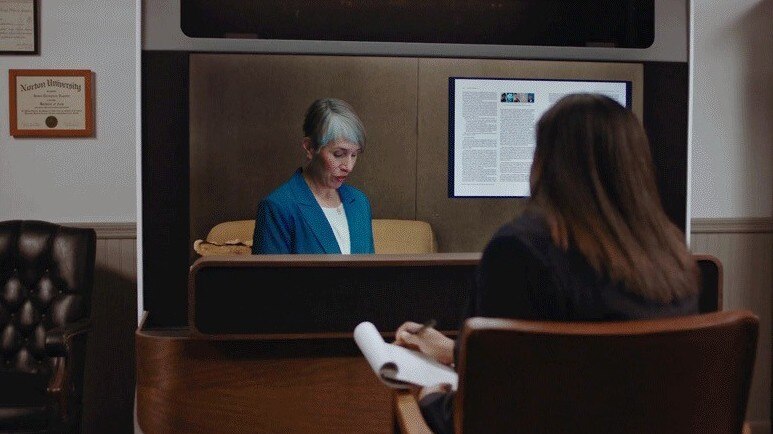Last year Google introduced Project Starline, a new technology that enables hologram-based video calls through a system that looks and works like a magic window. The system employs the latest advancements in deep learning, light field display systems, and spatial audio to give the participants the feeling of sharing the same environment while they could be thousands of miles away.
Google has been testing its magic window internally on its campuses and with several corporate partners. Now, it’s ready to expand the testing phase to a broader array of partners through a new early access program. Project Starline looks like one of Google’s famous moonshot projects and a novelty with an easily sellable sci-fi flair not far removed from a concept. Yet, the idea behind it strikes us as a more sustainable and humane solution to solving the inherent issue of remote work than the Metaverse.
If anything, Google’s magic window tries to mimic the feeling of talking to a colleague or a business partner in person, as you would in the real world. Anything that Meta has done so far, instead, is to try and convince us to wear a visor to join a boring meeting in a made-up world where, until recently, avatars couldn’t even have legs.
“The proliferation of hybrid work models is creating new opportunities to fundamentally rethink how we collaborate in the workplace,” says Scott Morey, president of technology & innovation at WeWork, one of the companies testing Google’s new device. “Project Starline is at the forefront of this shift, providing an incredible user experience that bridges the gap between our physical and virtual worlds. At WeWork, we believe this technology has the potential to enrich the employee experience – making connections more intentional and meaningful.”


